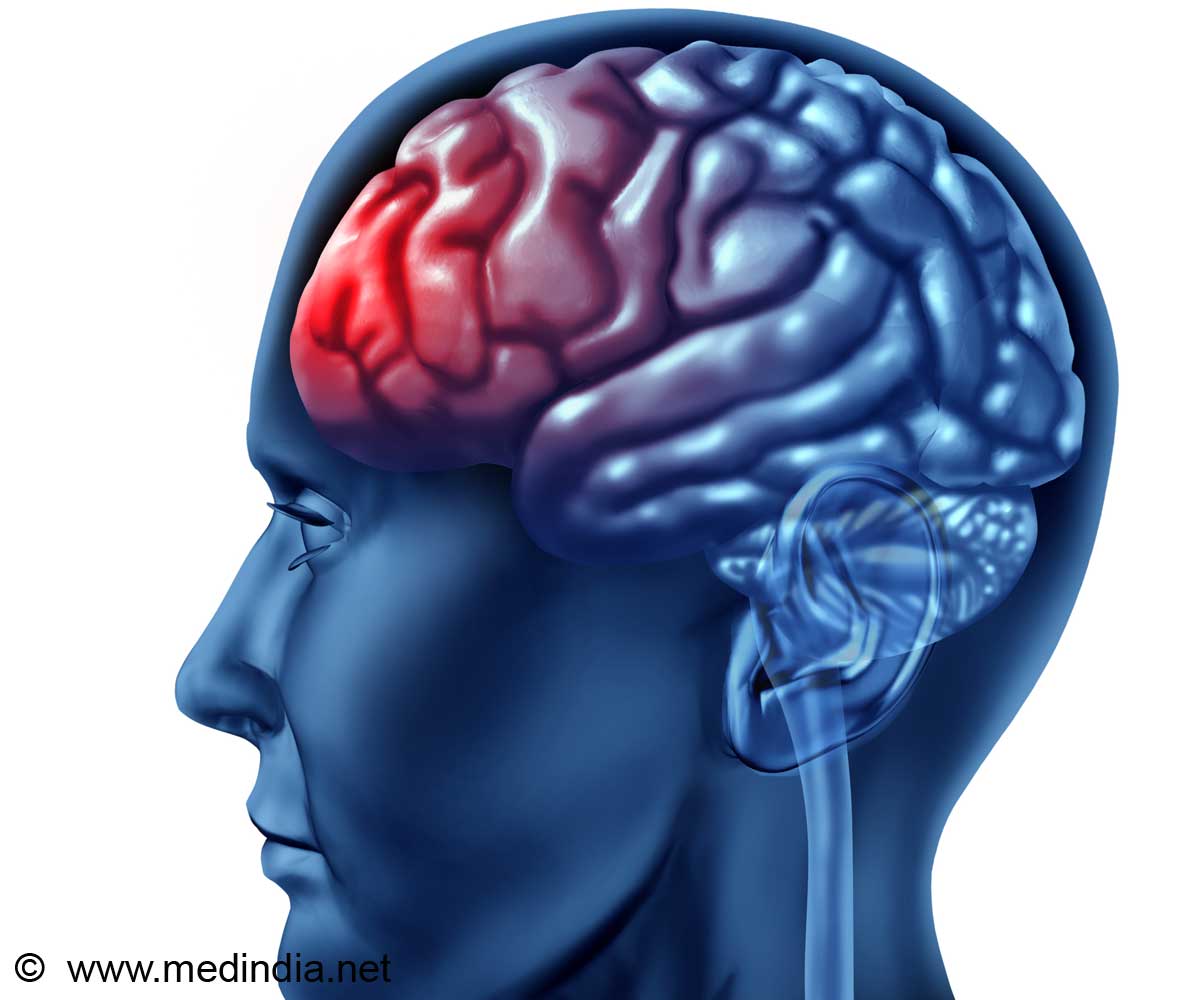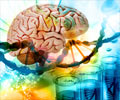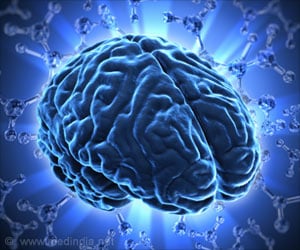
‘A higher connectivity between different parts of the brain was measured in parts of brain that are associated with learning & development. This could pave way for future developments in Artificial Intelligence and deeper understanding of mental health conditions.’
Tweet it Now
Using resting-state MRI analysis on thousands of people's brains around the world, the researchers found that the areas of the brain which are associated with learning and development show high levels of variability, meaning that they change their neural connections with other parts of the brain more frequently, over a matter of minutes or seconds. On the other hand, regions of the brain which aren't associated with intelligence like the visual, auditory and sensory-motor areas, show small variability and adaptability. The findings were published in the journal Brain.More accurate understanding of human intelligence could lead to future developments in artificial intelligence (AI). Currently, AI systems do not process the variability and adaptability that is vital to the human brain for growth and learning. This discovery of dynamic functions inside the brain could be applied to the construction of advanced artificial neural networks for computers, with the ability to learn, grow and adapt.
This study may also have implications for a deeper understanding of another largely misunderstood field of mental health. Altered patterns of variability were observed in the brain's default network with schizophrenia, autism and Attention Deficit Hyperactivity Disorder (ADHD) patients. Knowing the root cause of mental health defects brings scientists exponentially closer to treating and preventing them in future.
Source-Medindia














